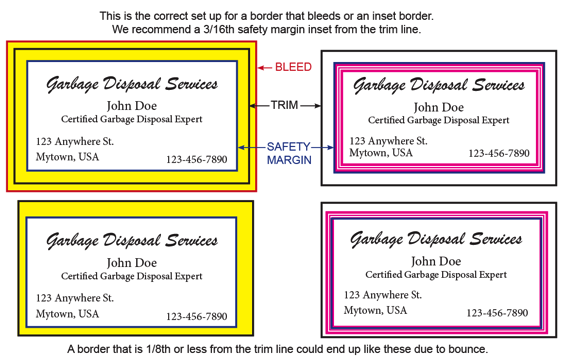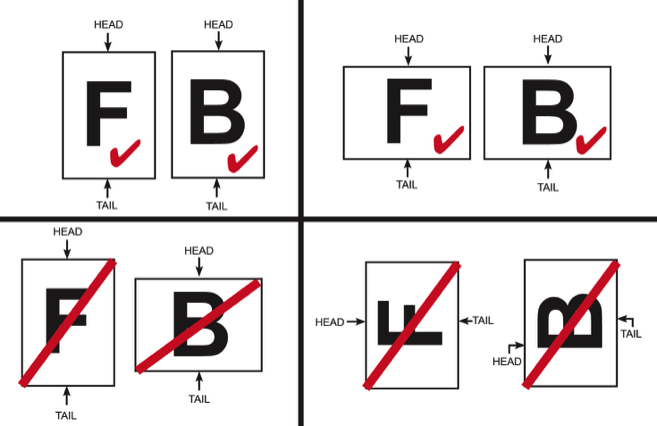1. What file type should I submit?
We prefer that you send a High Quality PDF with the fonts embedded or outlined. We use a PDF workflow, PDF files are easy to work with and submitting them will speed up the turn-around time of your project.
We will also accept Publisher and Adobe native files (.psd, .ai, .indd), packaged and compressed, with all the links and fonts included or outlined.
We also accept the following file types: .eps, .jpg, .tif
2. What about the color mode?
If your file is in RGB color mode, we will convert it to CMYK which will shift the colors quite a bit. We recommend using CMYK color mode when building your file. The RGB color model is for viewing on screen and has a much broader color spectrum than CMYK. RGB colors often become muted when converted to CMYK.
3. What resolution should my file be?
We can print whatever you send us, but 300 dpi (dots per inch) will ensure that your file or images print out crisp and clean. For more information on image resolution click here.
4. Does my file need bleed?
If your project has any graphic elements that touch the edge of the piece, you'll want to extend it 1/8th (.125) past the trim line or there is a strong probability that your project will end up with a white halo around the edges. For a more detailed explanation on bleed and how to set it up, click here.
5. What if my file includes borders?
Whether your file includes an inset border or a border that bleeds, we recommend using a 3/16th safety margin from the trim line for best results.
6. What is the proper page orientation for my file?
Submitting your files with the proper page orientation will speed up turn-around time. The top is always called the "Head". The bottom is always called the "Tail". A file with a front and a back side that align on the same paper edge is called "Head to Head". Folded cards, forms or charts that flip should be rotated to print "Head to Tail".

